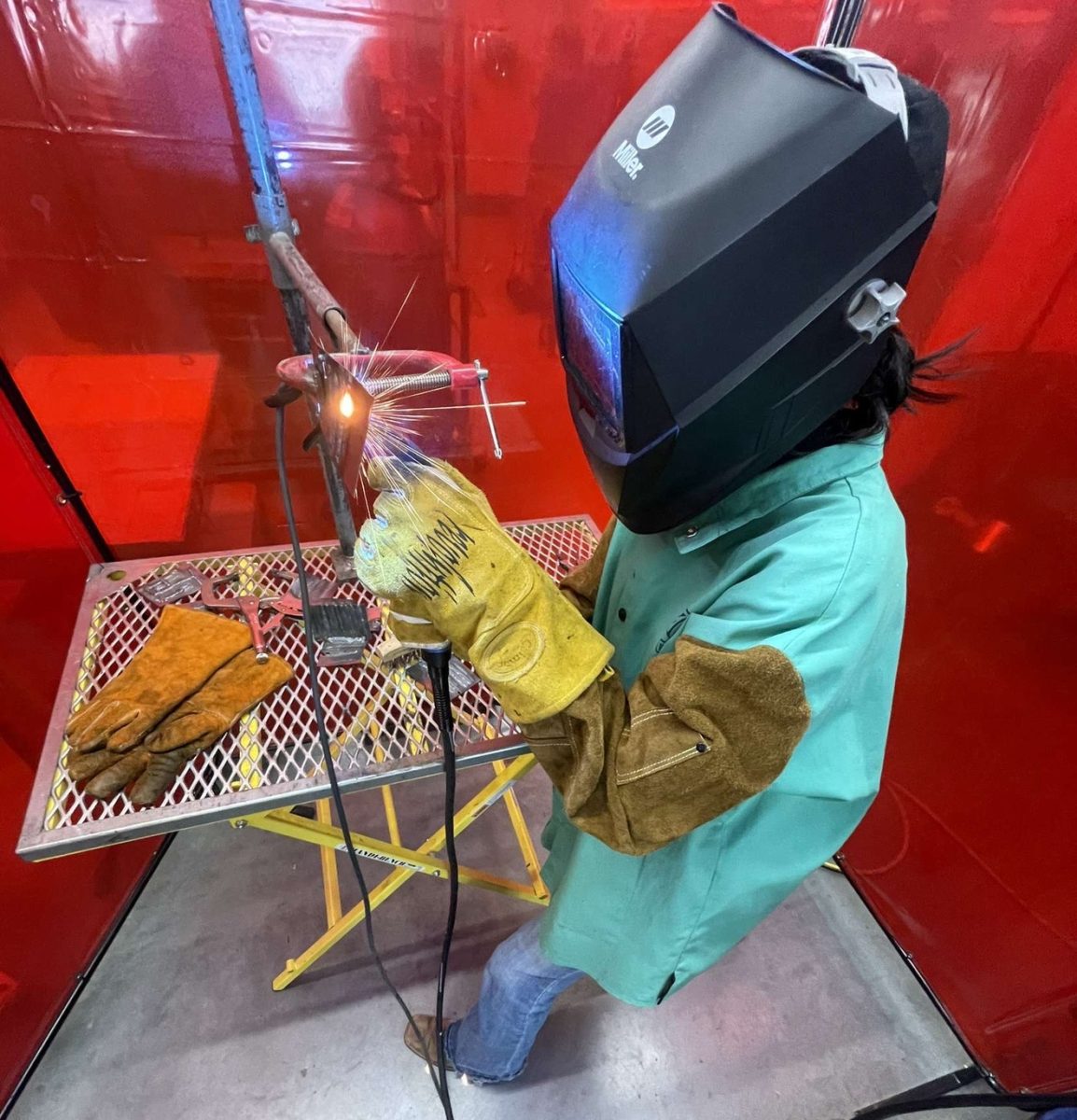The next generation of space exploration is near as the Artemis program, led by the United States’ NASA program, intends to reestablish a human presence on the moon. NASA will have a record of some very impressive accomplishments after the Artemis missions conclude. These missions aim to use cutting-edge technology to further explore the uncharted lunar regions while also making history by landing the first woman and person of color on the moon. The overall goal of the Artemis project is not to solely land on the moon and repeat the feats of the Apollo missions, but to establish bases on the lunar surface as well. In combination with the recent discovery of water on the moon, and its apparent rare minerals, the Artemis missions are crucial in continuing our knowledge of space.
NASA’s long-term objectives are even more audacious: the space agency plans to launch a future crewed mission to Mars using the technology and research developed during the Artemis flights. This ambition to bring humans to Mars might seem impractical, yet this ‘Moon to Mars’ plan calls for the construction of a new space station in lunar orbit and the eventual establishment of a moon base that can support human habitation. This will close the gap towards what some consider to be unachievable. Artemis 1, the inaugural mission of Artemis, took place in November and December of 2022. The launch of Artemis 2 is not expected to occur before September of 2025. NASA has many Artemis missions planned, all the way up to Artemis 13, demonstrating their willingness to look to the future.
NASA aims to utilize technology to accomplish the upcoming missions. Artemis 1 served as a reference for the remaining launches, as its unmanned rocket traveled 1.4 million total miles before returning to Earth toward the end of 2022. The Space Launch System (SLS) rocket, which will be used for virtually all future missions, is designed exclusively for deep space exploration. It is the only rocket that can transport the Orion spacecraft module, crew, and cargo all in a single trip to the moon. In addition to improving their lunar rockets, Exploration Ground Systems (EGS), which is responsible for developing spacecraft and technologies, has upgraded their launch capabilities and vehicle assemblies to keep the Artemis missions on a successful track.
As the crew for Artemis 2 prepares for their lunar orbit in just a few short years, sights are set on the subsequent Artemis 3 mission, which aims to land the crew on the surface of the moon. NASA has collaborated with Elon Musk’s SpaceX, to create a rocket called Starship that will provide the astronauts safe passage to the surface. Once on the moon, two astronauts sporting suits designed by Axiom Space will make several trips to and from their SpaceX Starship to gather data from the moon’s South Pole. This data will help NASA plan a moon base and more ambitious expeditions that can be launched from the moon’s surface. Since 1972, humans have not returned to the moon, but the Artemis Project will surely change that.















